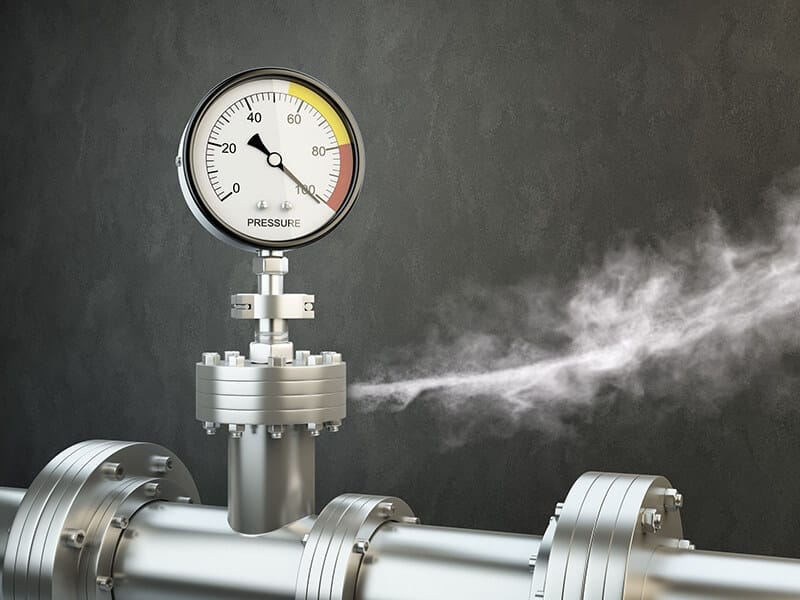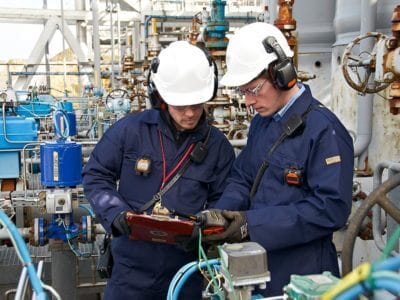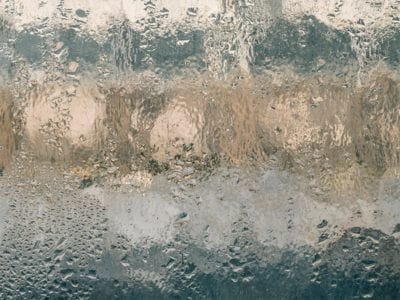
What Are Fugitive Emissions?
Photoionisation Detector Or Flame Ionisation Detection
Fugitive emissions are accidental emissions of vapours or gases from pressurised apparatus, either due to faulty equipment, leakage or other unforeseen mishaps. It can also occur through evaporation, in such sources as storage tanks or wastewater treatment facilities. Though not limited to industrial settings, the vast majority of fugitive emissions take place in factories, power plants and the suchlike.
Gas Detection System – PID Or FID?
What are the pros and cons of Photoionisation Detection (PID) and Flame Ionisation Detection (FIDS) for detecting fugitive emissions of volatile organic compounds (VOCs) as recommended by Method 21?
The Environmental Protection Agency (EPA) Method 21 is a
fugitive emission test  procedure defined by the agency as being “a determination of volatile organic compound (VOC) leaks.” It is a method that is used to best identify possible VOC leaks on process equipment sources. Depending on the type of operation, these equipment sources might include “valves, flanges, and other connections, pressure relief devices, process drains, open-ended valves, pump and compressor seal system degassing vents, accumulator vessel vents, agitator seals, and access door seals.” Generally, this method is not meant to be used as a gauge for a measure of mass emission rate, or as a fugitive emission standard but rather leak detection specifically.
procedure defined by the agency as being “a determination of volatile organic compound (VOC) leaks.” It is a method that is used to best identify possible VOC leaks on process equipment sources. Depending on the type of operation, these equipment sources might include “valves, flanges, and other connections, pressure relief devices, process drains, open-ended valves, pump and compressor seal system degassing vents, accumulator vessel vents, agitator seals, and access door seals.” Generally, this method is not meant to be used as a gauge for a measure of mass emission rate, or as a fugitive emission standard but rather leak detection specifically.
”Since the EPA established Method 21 as a response to Leak Detection and Repair (LDAR) noncompliance, it should come as no surprise that the agency has outlined a strict best practices code for managers and inspectors to follow. Included in it are these important points:
- Safety
- VOC Monitoring Instruments - Component Identification
- Monitoring ScheduleCompanies that follow best practices and implement personalised LDAR programs are best-equipped to achieve and maintain Method 21 compliance.
CamCode - Durable Bar Code Solutions
What Are FID & PIDs?
Trying to decide whether you need a photoionisation detector (PID) or a flame ionisation detector (FID)? Both are sensitive to low-range gases and vapours. These instruments are used to detect the presence of a variety of gases — mainly volatile organic compounds (VOCs) — but they are markedly different, so it’s important to choose the right one.
PID and FID will not give the same readings in an identical gas stream. This is due to their distinct sensitivities and different gas requirements for calibration. PID is more sensitive to functional groups, whereas FIDs respond to the length of the
carbon chain.
According to EPA Method 21 both FID and PID are suitable for monitoring fugitive emissions. However, there are advantages and disadvantages with both methods depending on the application in which they are being used. For example, where non-toxic methane is undetectable by PID, it is more practical to use FID for detecting natural gas which is made up predominantly of methane (approximately 87 %). PID however can be much more effective measuring VOCs in environment *such as up stream within the drilling operation where VOCs such as benzene, toluene, ethylbenzene, xylene (BTEX) and hydrogen sulphide can be found.
– PMC – US National Library of Medicine National Institute of Heal
Download our FREE Guide
“Gas Detection System – PID Or FID?”
The Gas Detection System – PID Or FID? guide which can be downloaded below provides the reader with an in-depth balance of knowledge regarding the main differences and benefits of using photoionisation detection and flame detection. In addition to Photoionisation Detection and the Tiger range of instruments, ION Science produces a range of PID instrumentation designed to offer the best leak detection capabilities available. All of our PID technology incorporates Fence Electrode Technology which provides the ultimate resistance to humidity and contamination for a reliable performance within the harshest of environments.



















